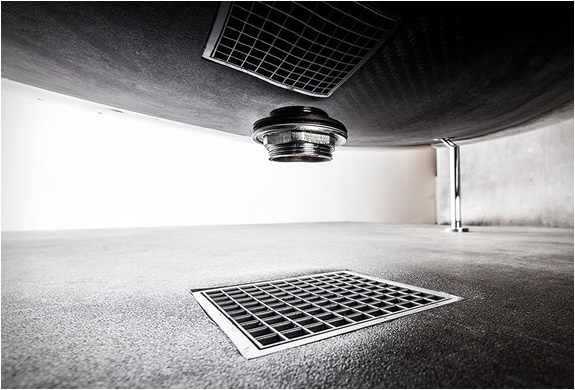 Now that our nation’s Independence Day is right around the corner, it’s time to start planning those annual BBQ’s. Hotdogs, hamburgers, American flags, and… you guessed it… FIREWORKS!!!
Now that our nation’s Independence Day is right around the corner, it’s time to start planning those annual BBQ’s. Hotdogs, hamburgers, American flags, and… you guessed it… FIREWORKS!!!
Before you get too carried away though, make sure to take the proper precaution when lighting up those fireworks you scored this 4th of July.
According to Instant Checkmate more than 15,000 fires were caused by fireworks in 2010, resulting in $36 million in property damage. Of those fires, 1,100 resulted in the destruction of private homes or properties, and 8 deaths.
So, this 4th of July, remember to follow the proper safety precautions during your annual celebrations. Other than the basic “Don’t let kids play with fireworks” and “Always have an adult around”, take special care to remember to some rules you might not think of in the spur of the moment at a party. For instance, always hold the firework away from your face when lighting, never try to re-light or pick up a firework that did not light properly, and be sure to have a source of water handy when lighting your fireworks.
With that being said, here is straight-forward guide to safely setting off your fireworks this 4th of July.














